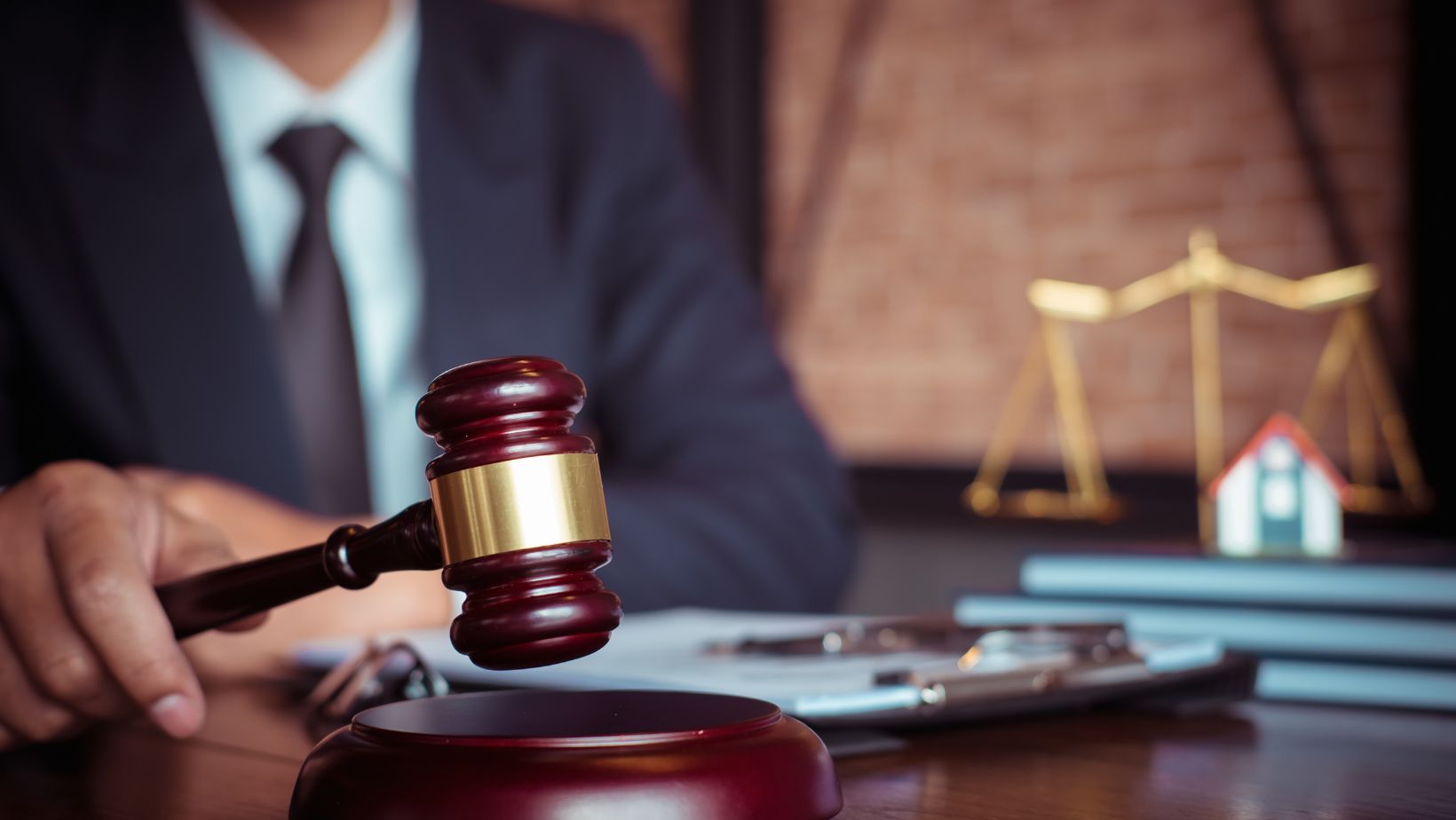That 33 percent line in your contract isn’t random. It’s a reflection of risk, effort, and confidence. Lawyers don’t gamble lightly with their time, and the percentage they charge says more about your case than most people realize. A higher rate might mean high risk.
A lower one can mean they’re confident they’ll win. Understanding the logic behind a contingency fee gives you insight into how your lawyer actually values both your case and your chances.
Contingency fees exist because plaintiffs often can’t afford to pay attorneys hourly while waiting for settlements or verdicts. The lawyer takes the risk. They only get paid if you win. That arrangement means the lawyer is betting their time and resources that your case is worth taking. The percentage they charge reflects their calculation of that bet.
Different percentages tell different stories about case complexity and risk. Understanding how a contingency fee arrangement works and what your contingency fee actually communicates reveals whether your lawyer believes your case is strong or whether they’re pricing in significant uncertainty about the outcome.
The Economics of Risk
Lawyers assess uncertainty constantly. A case with crystal clear liability, strong damages, and a well-insured defendant is lower risk. A case where fault is disputed, damages are unclear, or the defendant has limited insurance is higher risk. The percentage they charge reflects that calculation. A lawyer working for 25 percent is signaling confidence. A lawyer charging 40 percent is pricing in substantial risk and effort.
The lawyer also considers how much work the case requires. A straightforward car accident with good documentation might take 20 hours. A catastrophic injury case with multiple defendants, complicated liability, and contested facts might take 200 hours. A lawyer can’t charge the same percentage for cases that require dramatically different time investments. Higher percentages compensate for cases that demand more work.
Some cases require litigation and courtroom time. Other cases settle quickly without court involvement. A case that settles in two months requires less resources than one that goes to trial. The lawyer factors in whether they expect settlement or expect to spend months in litigation. A case heading to trial often carries a higher percentage because the work load is significantly greater.
Reading Between the Percentages
A 25 percent contingency fee typically appears on straightforward cases with strong liability and clear damages. These are cases where liability is obvious, injuries are documented, and insurance coverage is solid. The low percentage reflects that the lawyer doesn’t expect significant uncertainty. These cases are the bread and butter of personal injury practices.
A 33 percent fee is standard for cases with moderate complexity. Liability might be slightly disputed, damages might require some calculation, or the defendant might fight the claim. This percentage is common because it reflects typical cases that require typical effort. Most personal injury lawyers charge this rate for most cases.
A 40 percent or higher fee shows up on high-risk cases. These might involve multiple defendants with finger pointing about who caused what. They might involve complex medical issues where damages are hard to prove. They might involve defendants with limited insurance and uncertainty about recovery. Higher percentages compensate for cases where success is less certain or where recovery might be difficult even if the lawyer wins.

Negotiating Without Undermining Trust
Sometimes it’s fair to question a percentage, but there’s a right way and a wrong way to do it. If your case is straightforward and the lawyer quotes 40 percent, that’s worth discussing. You can ask why the rate is high and what specific factors justify it. A good lawyer can explain their reasoning. If their explanation makes sense, you’ve learned something. If it doesn’t, you have useful information.
But pushing back aggressively or trying to negotiate down a reasonable fee can backfire. Lawyers set percentages based on their experience and risk assessment. A lawyer who feels pressured or disrespected might decline your case altogether. It’s better to understand their reasoning and trust their judgment than to try to beat them down on price.
The right approach is asking questions. Ask the lawyer to explain why they’re charging that specific percentage. Ask what factors in your case justify it. Ask what you could do to reduce the complexity or risk. Sometimes the answer is genuinely helpful. Sometimes you learn that the percentage is justified and you move forward knowing why.
The Numbers Tell a Story
Percentages aren’t just accounting entries. They’re signals about how your lawyer views your case. A low percentage says your lawyer believes in your case strongly. A high percentage signals that your lawyer is pricing in real uncertainty or significant work ahead. Neither is bad. Both are honest assessments.
A lawyer who charges the same percentage for every case regardless of complexity isn’t thinking carefully about individual risk. A lawyer who adjusts percentages based on case-specific factors is doing the real work of assessment. Those lawyers tend to be the ones who deliver better results because they understand the actual dynamics of each case they take.


